Strategic Marketing Roadmap: The Five Stages of Customer Awareness
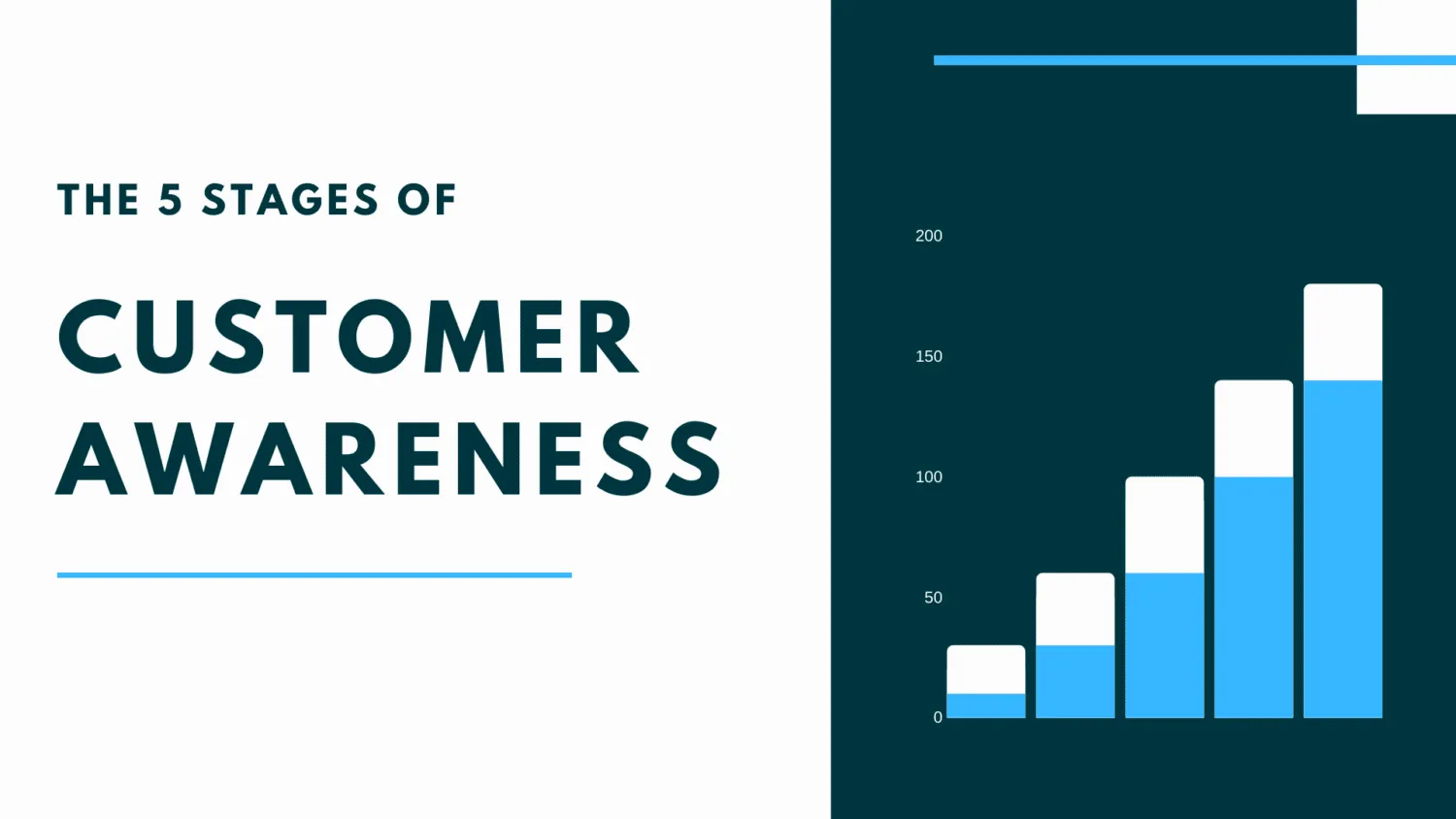
This plan helps you create long-term consumer connections. When done well, it builds brand loyalty and advocacy beyond a transaction.
Marketing expert Eugene Schwartz popularized the idea of Stages of Customer Awareness, which provides a framework for companies to tailor their marketing communications according to the level of familiarity their target audience has with a product, service, or even issue. By understanding these phases, marketers may better contact prospective clients at various points in their journey, from being unaware of a need to become loyal fans. Each step requires a distinct approach to ensure the brand message resonates with the customer’s mindset and level of expertise.
Five stages of customer awareness:
Unaware
The customer has no idea what the issue is or where to find a solution at this point in the process. They aren’t seeking answers, and they aren’t even aware that they have a need. Given this situation, reaching this demographic presents significant challenges.
- Example: Upon the launch of personal fitness trackers, the market was unaware that they represented a start-up product in a completely new industry. Most buyers were not specifically seeking fitness trackers.
- Marketing approach: Use instructional materials to subtly raise issues or concept awareness. Here, content marketing—in the form of blog entries, infographics, or instructional videos—can play a significant role. Advertisements for fitness trackers may highlight the many health advantages of regular exercise.
Problem-Aware
Customer awareness of the issue precedes their knowledge of potential remedies at this point. They have identified their problems and may begin looking for solutions.
- Example: Consider a new parent who finds that their infant has trouble sleeping through the night regularly. Although they may be aware of the problem, they may not know about white noise machines, sleep apps, or cribs designed for babies.
- Marketing Approach: To connect with the customer’s requirements, address the issue directly in your message. Articles, advertisements, or films that address common baby sleep problems and highlight the signs can effectively reach out to parents who are aware of the problem and are actively seeking a solution.
Solution-Aware
Consumers are aware that there are products available to address their issues, but they may be uncertain about which one to choose. They seem like they are performing comparative studies and would be receptive to advice.
- Example: An allergic consumer may be aware of the potential benefits of air purifiers, but they may be uncertain about which model or brand would best suit their needs.
- Marketing approach: Make your solution stand out from the competition by highlighting its unique features. Take the air purifier brand as an example. They may highlight their exceptional HEPA filters, whisper-quiet operation, or targeted allergy treatment advantages in their marketing. You may highlight your brand’s unique selling points, provide reviews, or compare products.
Aware of Products
Customers at this stage understand the issue and see your product as a potential solution; yet, they may still have questions or concerns that prevent them from making a purchase.
- Example: For instance, despite familiarity with QuickBooks, a small company owner may still be unsure whether it meets all of their accounting software requirements, potentially because of concerns about cost or usability.
- Marketing approach: Conquering scepticism and earning confidence and trust are the primary objectives. Demonstrate your advantages and highlight your unique selling point (USP). As an example, QuickBooks may provide a free trial or include testimonials from other small company owners to help prospective customers feel more at ease with the program.
Most Aware
A customer at this point in the buying process knows everything there is to know about your product and its advantages. Customers who are buying or have bought from you may expect discounts or special offers.
- Example: Time-sensitive specials that streamline the buying process would entice a dedicated Starbucks customer.
- Marketing approach: Starbucks targets conscientious consumers with time-sensitive promotions, loyalty programs, and special deals. For example, to maintain the interest of its loyal consumers, Starbucks often employs strategies such as app-based incentives, seasonal product launches, and prizes for returning customers.
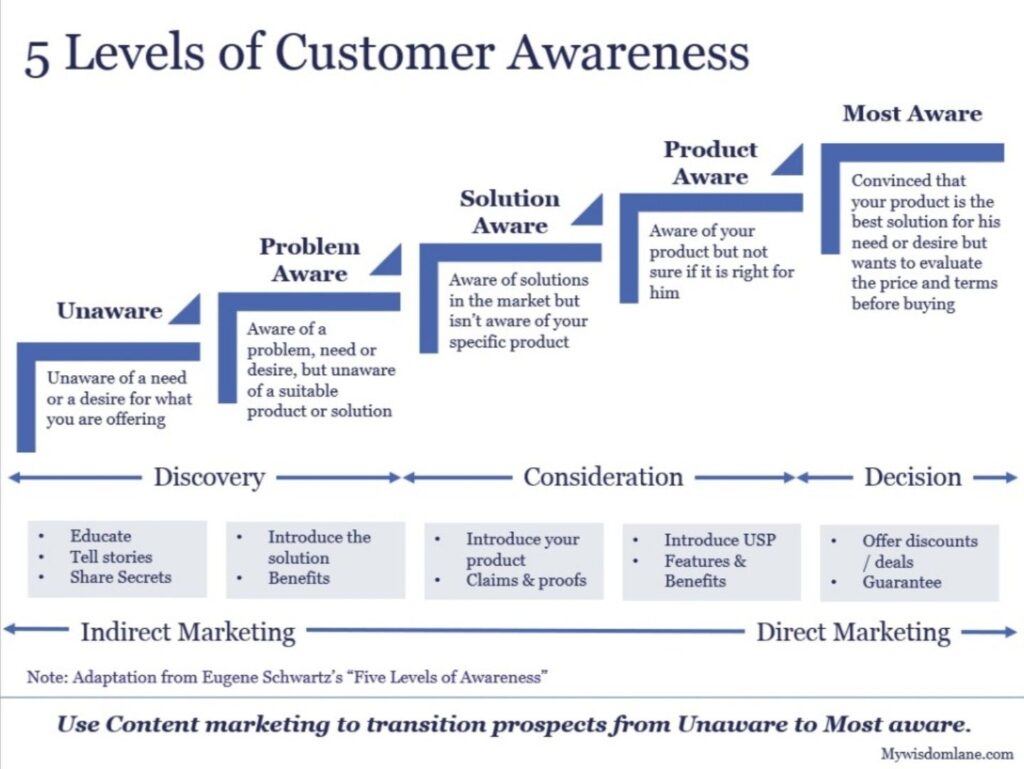
Strategic Roadmap
There is a greater chance of conversion since each step gives marketers a systematic manner to engage with their audience. As an example:
- Unaware to Problem-Aware: To help your audience get over their problem, use educational content instead of sales pitches.
- Problem-Aware to Solution-Aware: Slightly hint at your offering as a potential solution and stress the advantages of finding one.
- Solution-Aware to Product-Aware: Highlight your product’s unique selling points while drawing direct parallels to competing offerings.
- Product-Aware to Most Aware: Make your product known to the people who are most likely to buy it by providing a free trial, a money-back guarantee, or special discounts.
When properly implemented, this framework not only generates sales but also fosters long-lasting connections with customers by understanding them at every stage.
Reference
https://www.outbrain.com/blog/the-5-stages-of-customer-awareness-and-how-to-create-content-for-each
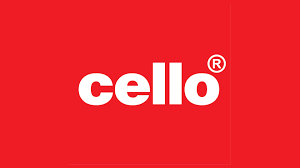
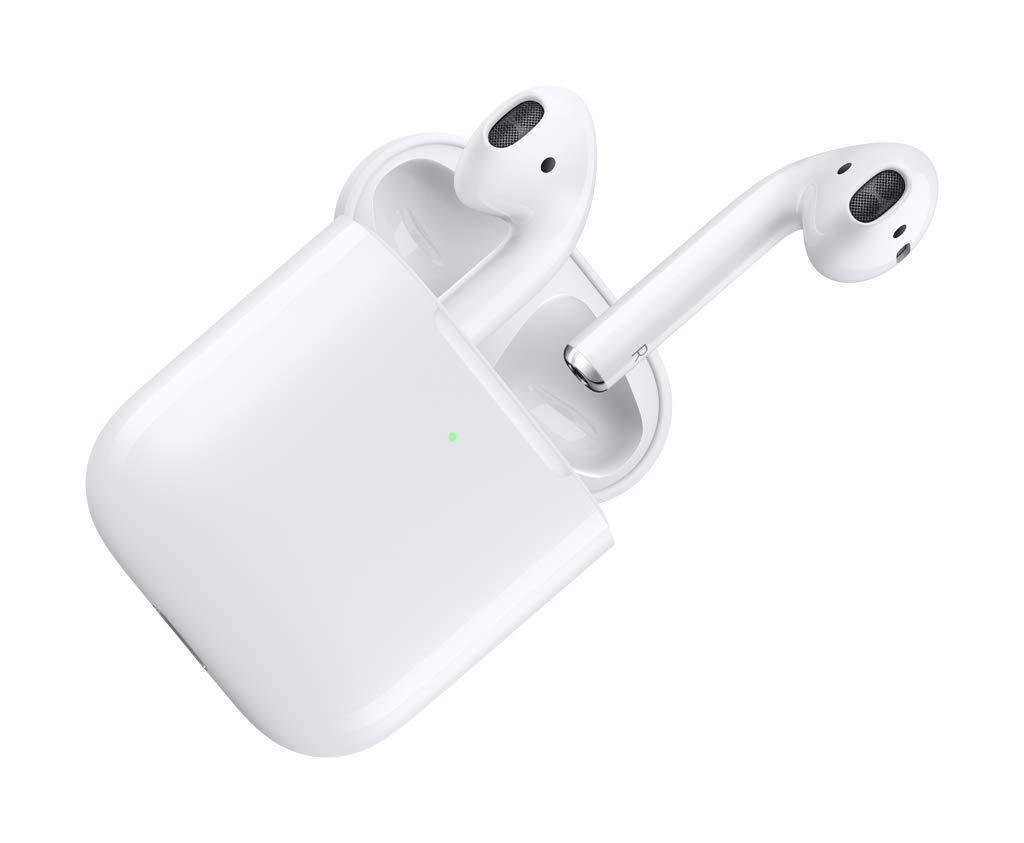

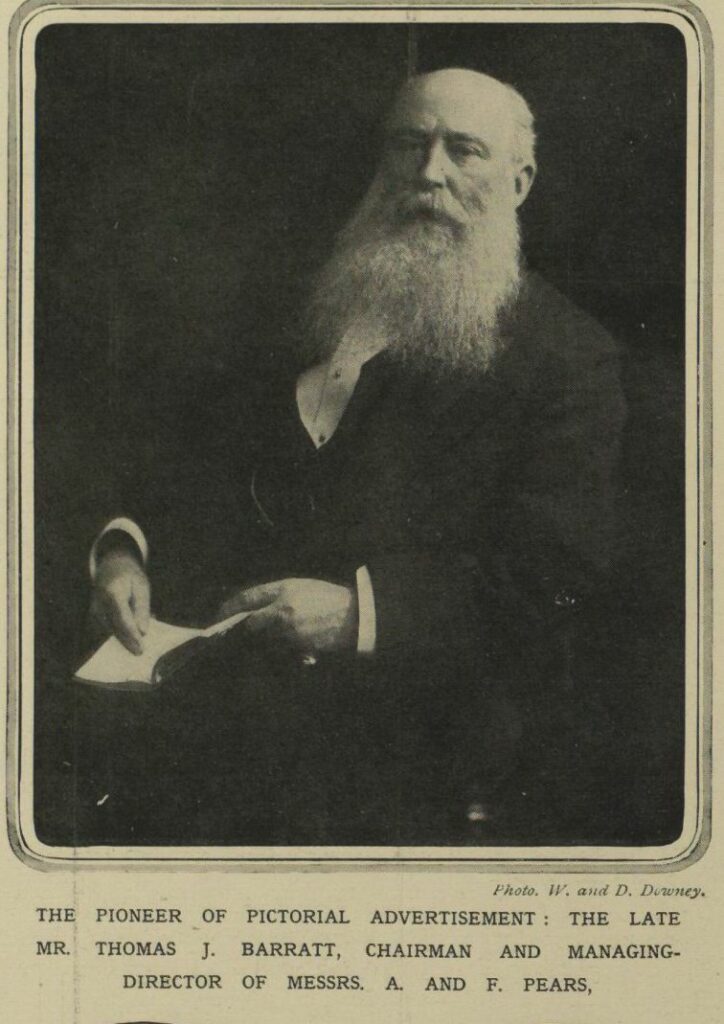
1 Comment